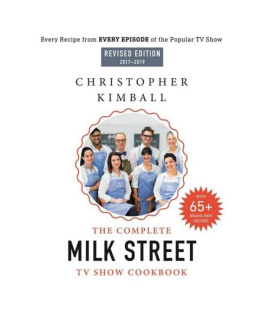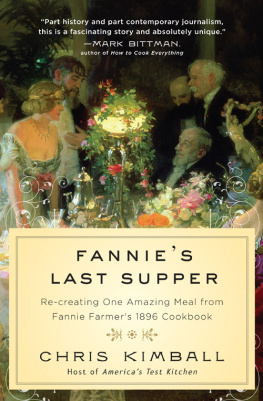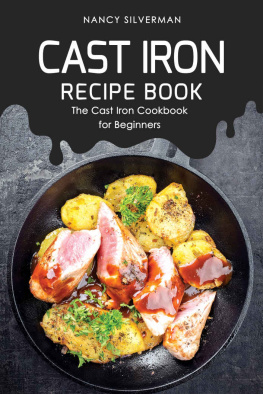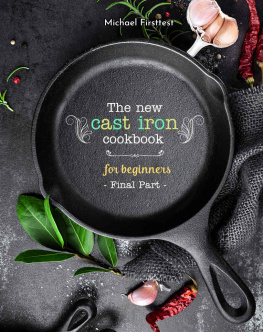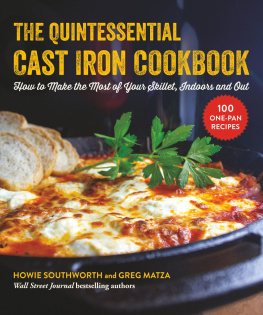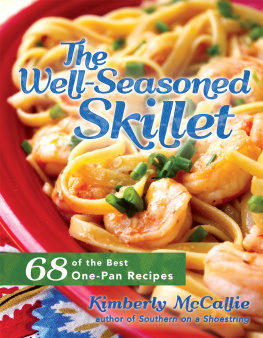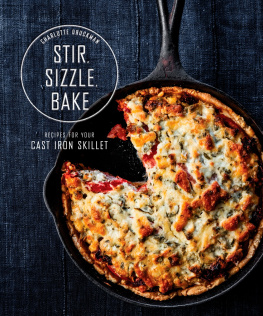
Copyright 2022 by CPK Media, LLC.
Cover design by Jennifer Baldino Cox
Cover photograph by Connie Miller of CB Creatives
Cover 2022 Hachette Book Group, Inc.
Hachette Book Group supports the right to free expression and the value of copyright. The purpose of copyright is to encourage writers and artists to produce the creative works that enrich our culture.
The scanning, uploading, and distribution of this book without permission is a theft of the authors intellectual property. If you would like permission to use material from the book (other than for review purposes), please contact permissions@hbgusa.com. Thank you for your support of the authors rights.
Little, Brown and Company
Hachette Book Group
1290 Avenue of the Americas, New York, NY 10104
littlebrown.com
twitter.com/littlebrown
facebook.com/littlebrownandcompany
First ebook edition: April 2022
Voracious is an imprint of Little, Brown and Company, a division of Hachette Book Group, Inc. The Voracious name and logo are trademarks of Hachette Book Group, Inc. The publisher is not responsible for websites (or their content) that are not owned by the publisher.
The Hachette Speakers Bureau provides a wide range of authors for speaking events. To find out more, go to hachettespeakersbureau.com or call (866) 376-6591.
Photography by Connie Miller of CB Creative
Skillet photograph () by Channing Johnson
Food Styling by Catrine Kelty
Prop Styling by Brianna Coleman
ISBN 978-0-316-38746-0
E3-20220209-JV-NF-ORI
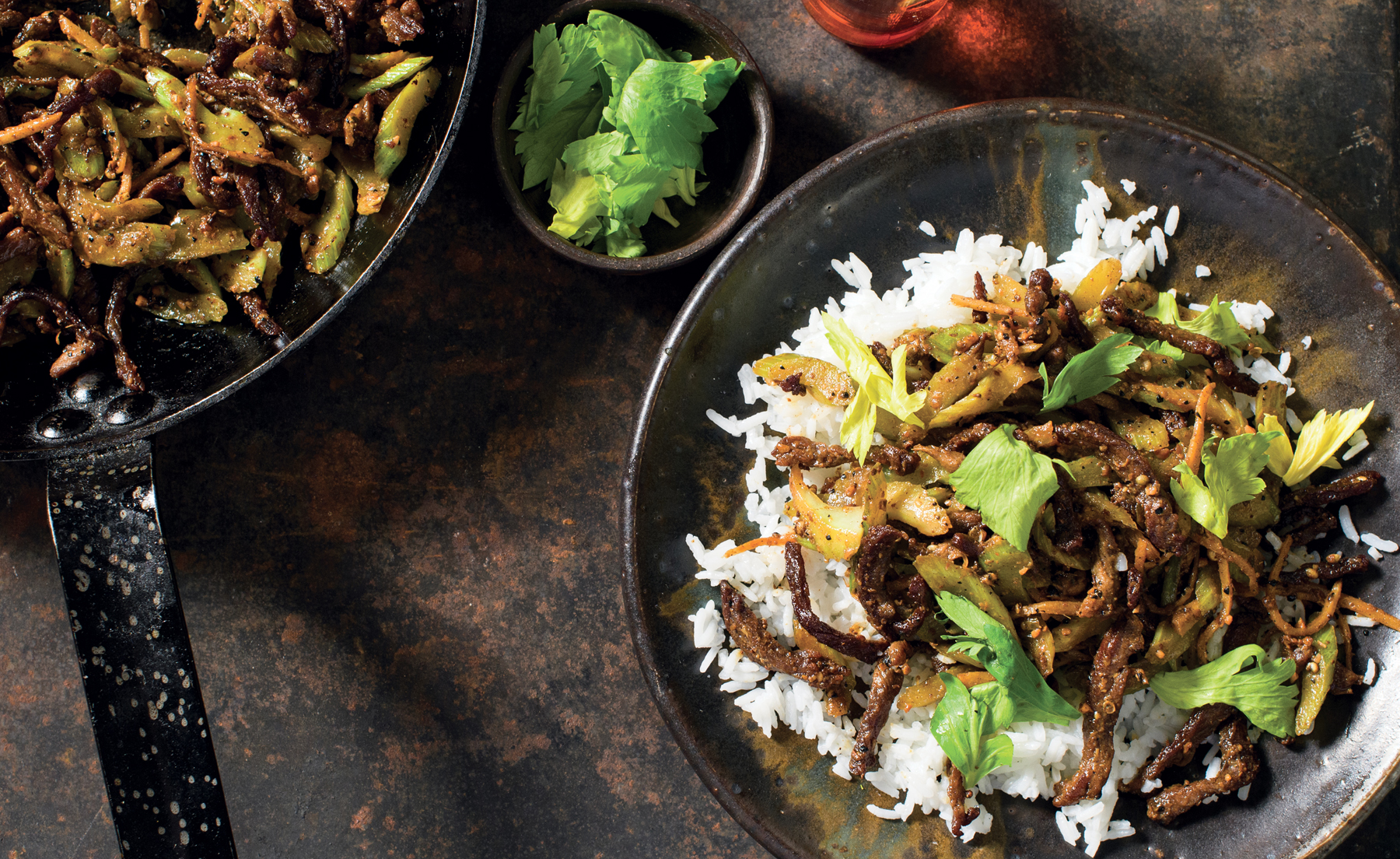
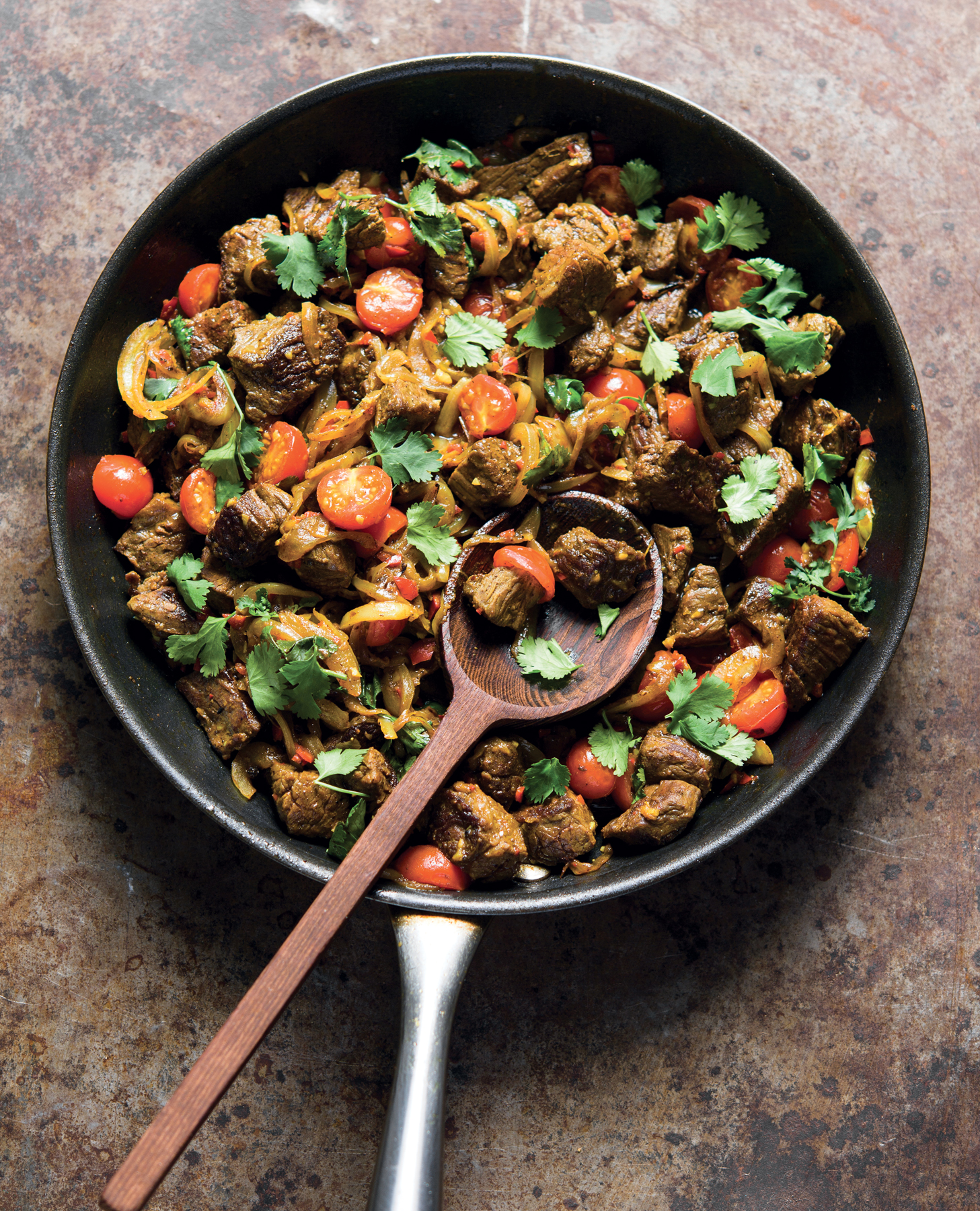
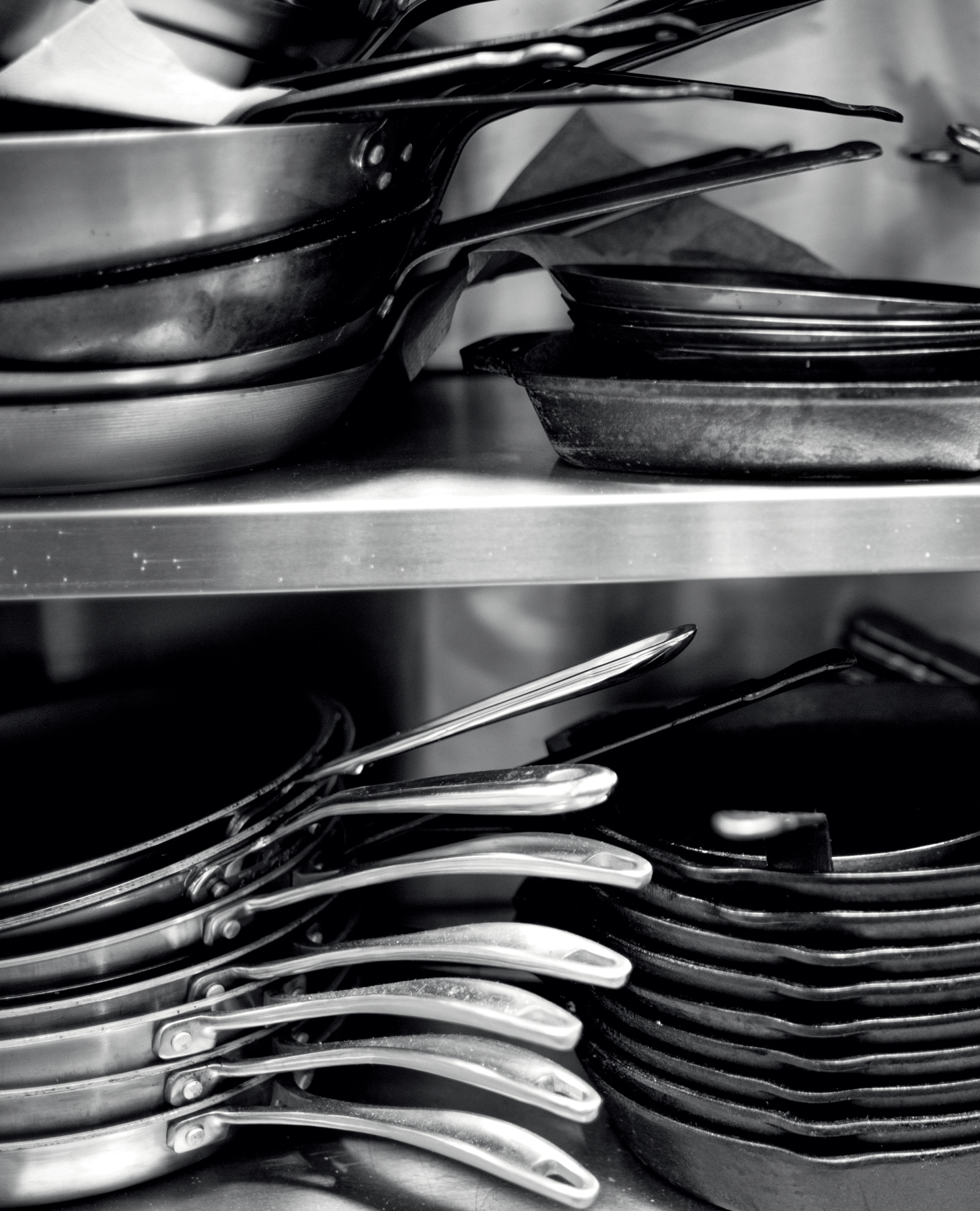
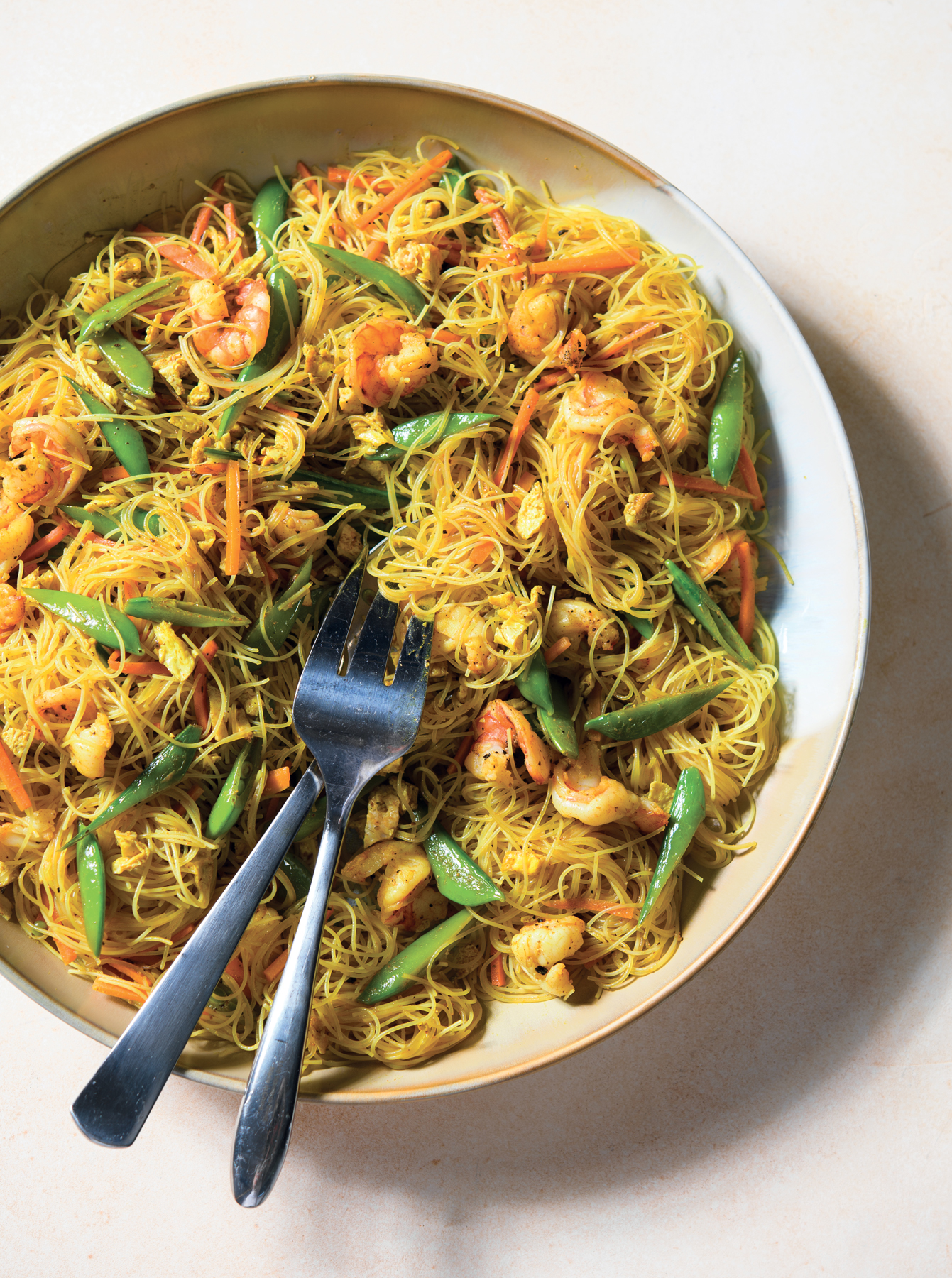
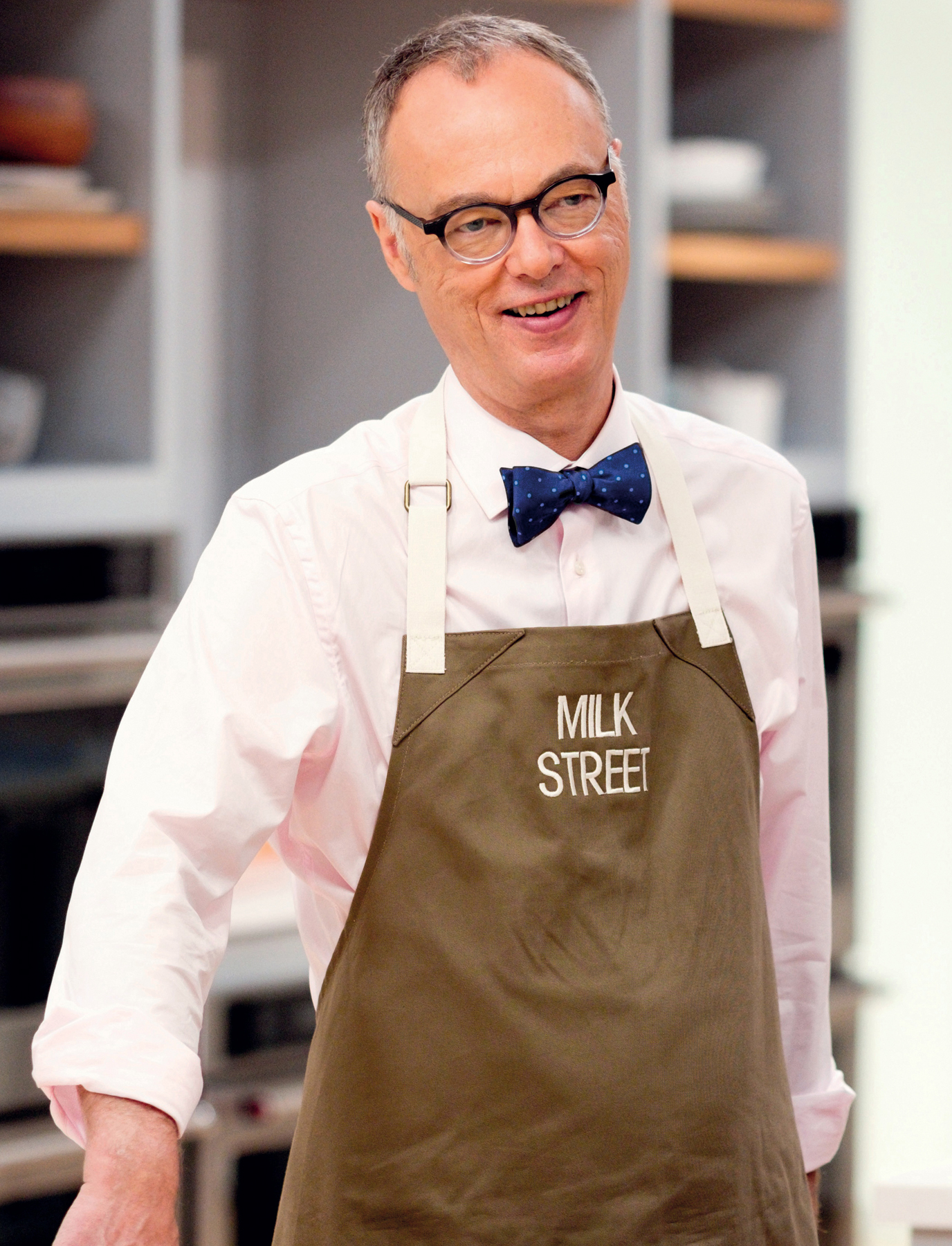
Traveling in the Sahara a few years back, I came across earth ovens seemingly in the middle of nowhere; they are used from time to time by nomadic Berbers to bake flatbread. On another trip, I was invited to a meal of couscous by Bedouins on the coast of Algeria, a dish cooked in a pot set over a wood fire.
The lesson was simple: Great cooking rarely is about the cookware. Its about ingredients and method.
To make cooking even simpler, we realized that every cuisine has its own version of the Western 12-inch skillet, a ubiquitous everyday pot or pan that can be drawn on to prepare just about anything. And that ubiquity offers a welcome versatilitythere are few limits on what one can cook in this universal piece of cookware.
Hence, the title of this book, The World in a Skillet. With recipes from over 30 countries, we compiled what we have learned from our travels and from cooks around the world to liberate your skillet from commonplace fare.
We drew inspiration from the tiny islands of Mauritius and Runion off the eastern coast of Africa for Shrimp Rougaille, based on a Creole tomato sauce that reflects European and Indian influences. And in India, a wok-like vessel called a kadai or karahi is a common piece of cookware. We use a skillet instead to make Chicken Curry with Tomatoes and Bell Peppers.
The basic skillet also is a good choice for stir-fried noodles, such as the Sichuan classic Spicy Glass Noodles with Ground Pork (also called ants climbing on trees), the fragrant and flavorful Vietnamese-Style Lemon Grass Tofu, and the Thai favorite, Thai Stir-Fried Pork with Green Beans and Red Curry.
Weve worked hard to make this book useful by organizing recipes by cooking times (an hour or less, 45 minutes, and under 30 minutes) as well as by special sections on side dishes, pastas, grains, stir-fries, pan roasts, and skillet sandwiches.
Like a wok, the skillet is capable of many things, from sauting to frying to baking to roasting to poaching to steaming. You even can cook cowboy steaks in a cast-iron skillet over a wood fire like I once did in Wyoming; the choice is yours. But by pushing the limits, you will find a whole new world in your kitchen (and in your skillet).
And, as we like to say here at Milk Street, the kitchen is the best and most rewarding way to travel the world. All you need is a skillet, a burner, and a healthy serving of curiosity about how the world puts dinner on the table.
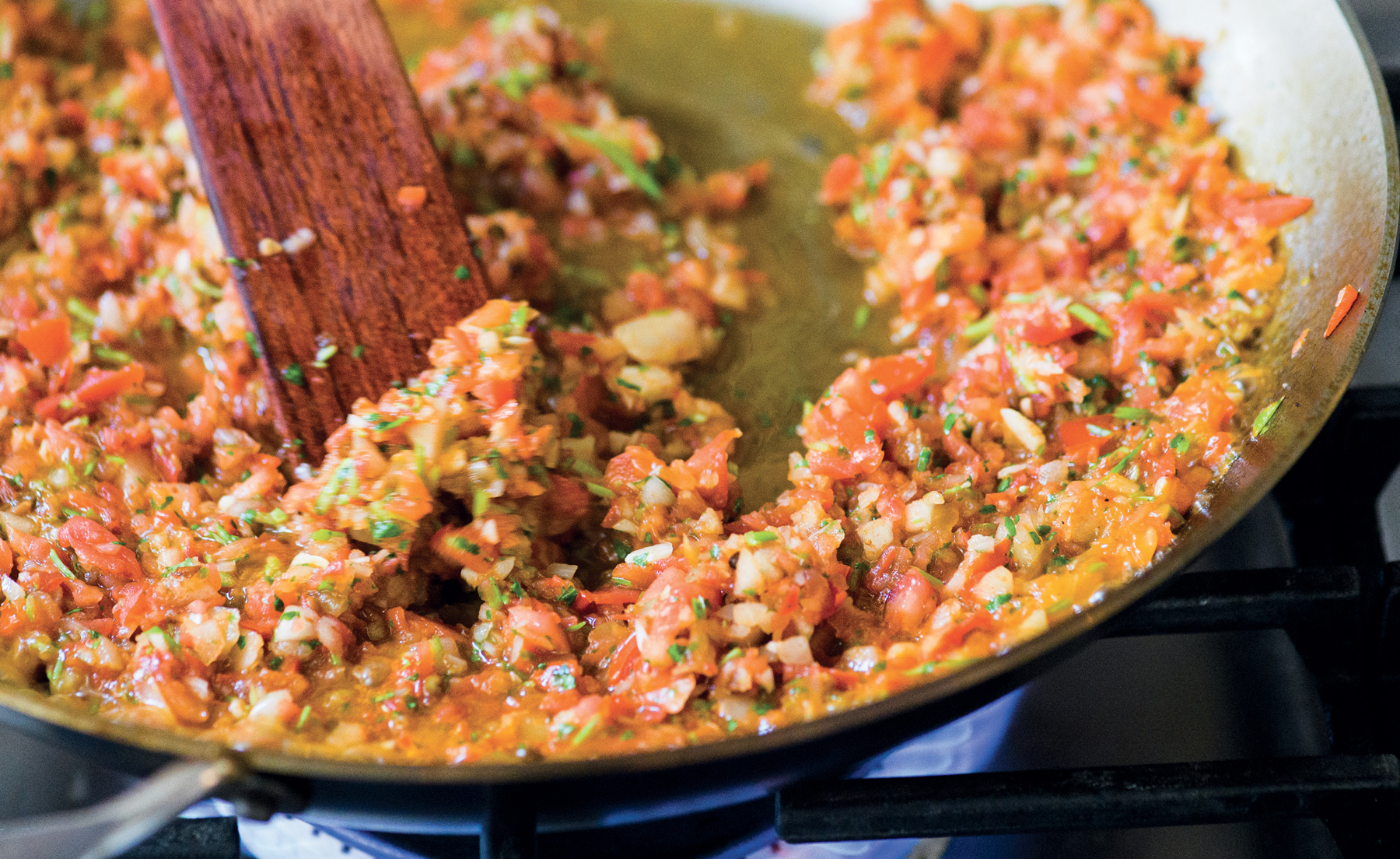
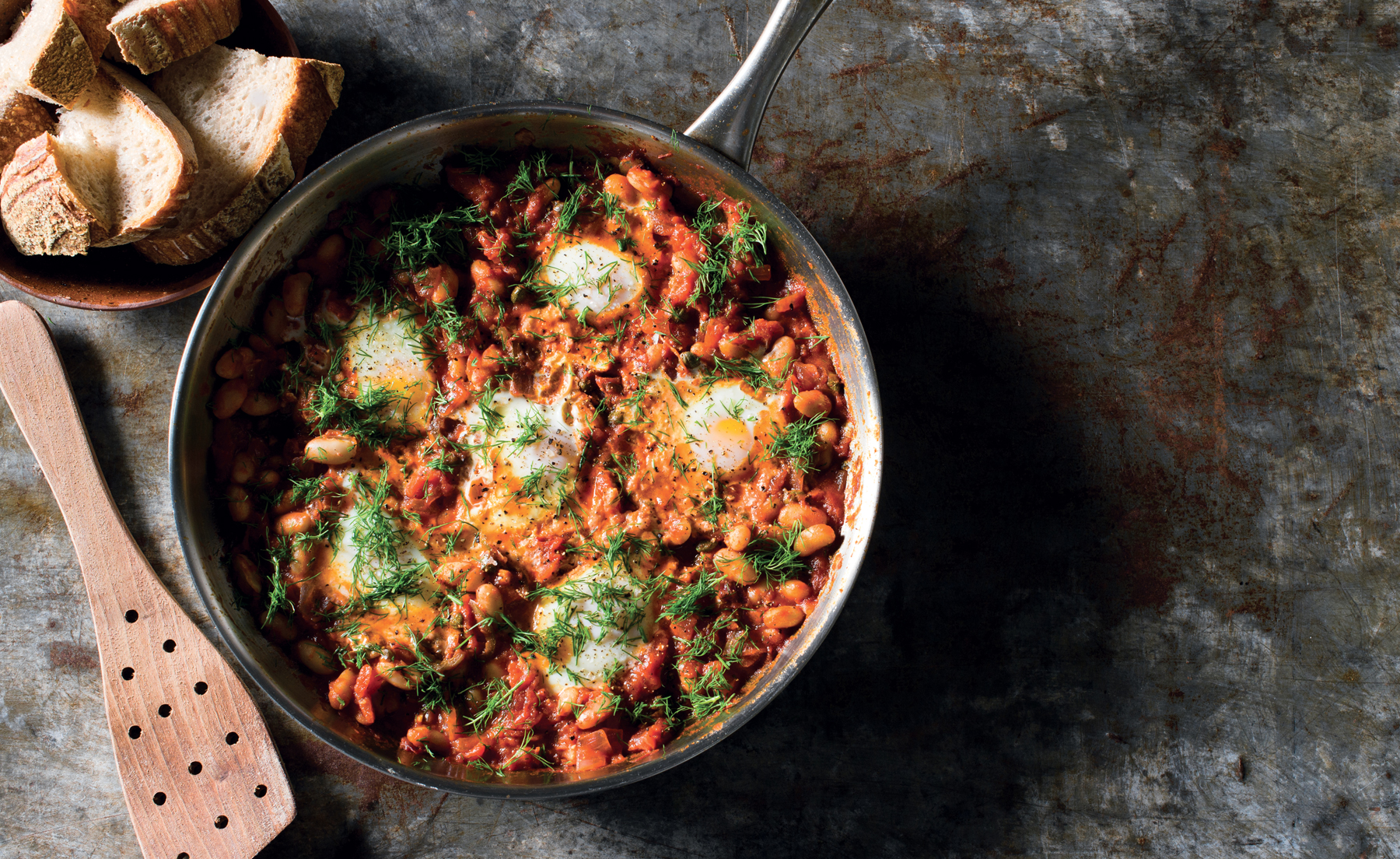
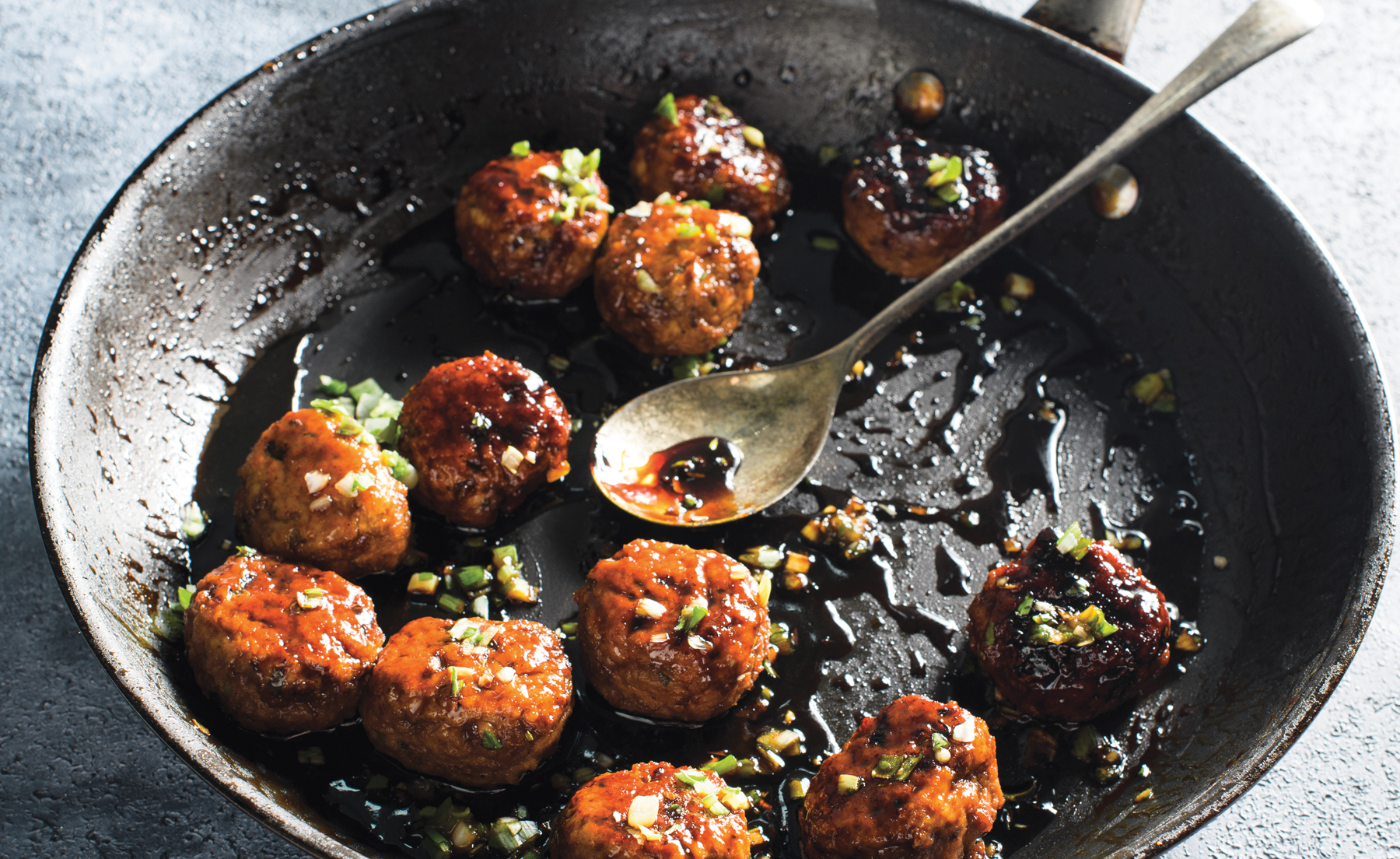
START TO FINISH 50 minutes
SERVINGS 4 to 6
This curry is commonly referred to as kadai chicken after the cooking vessel in which it customarily is cooked. In the Indian kitchen, a kadai (also known as karahi), is a deep skillet with sloping sides, much like a wok. We use a 12-inch skillet; its wide surface area allows for quick evaporation of liquid and concentration of flavors. This is a simplified version of a recipe taught to us by cooking instructor Shivani Unakar at APB Cook Studio cooking school in Mumbai. Kashmiri chili powderwhich has a fine texture and mild spicinesslends the curry a deep, rust-red hue. Its sold in spice shops and Indian markets; taste yours for spiciness and add the smaller or larger amount based on your personal preference. If you cannot find Kashmiri chili, sweet paprika (for best color, make sure its fresh) plus a little cayenne for heat are a decent substitute.
Dont add all of the bell peppersto the skillet in the second step. Saut only half of them, then remove them from the pan when lightly charred but still crisp; theyre added back to the curry at the end to add freshness and texture. The remainder is simmered into the mix so their textures and flavor soften.
2 pounds boneless, skinless chicken thighs, trimmed and cut into 1-inch pieces
1 to 2 tablespoons Kashmiri chili powder (see headnote) or 2 tablespoons sweet paprika plus teaspoon cayenne pepper
1 tablespoon garam masala
Kosher salt and ground black pepper
3 tablespoons grapeseed or other neutral oil, divided
2 medium bell peppers, preferably 1 red and 1 green, stemmed, seeded and chopped
2 tablespoons cumin seeds
1 medium red onion, chopped
4 medium garlic cloves, minced
1 tablespoon minced fresh ginger
14-ounce can crushed tomatoes
cup finely chopped fresh cilantro
In a medium bowl, mix together the chicken, chili powder, garam masala and 1 teaspoon each salt and black pepper; set aside. In a 12-inch skillet over medium-high, heat 1 tablespoon oil until barely smoking. Add half of the bell peppers and cook, stirring just once or twice, until lightly charred, 3 to 5 minutes. Transfer to a small bowl; set aside.


